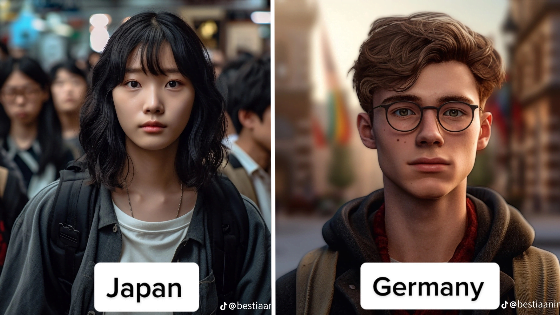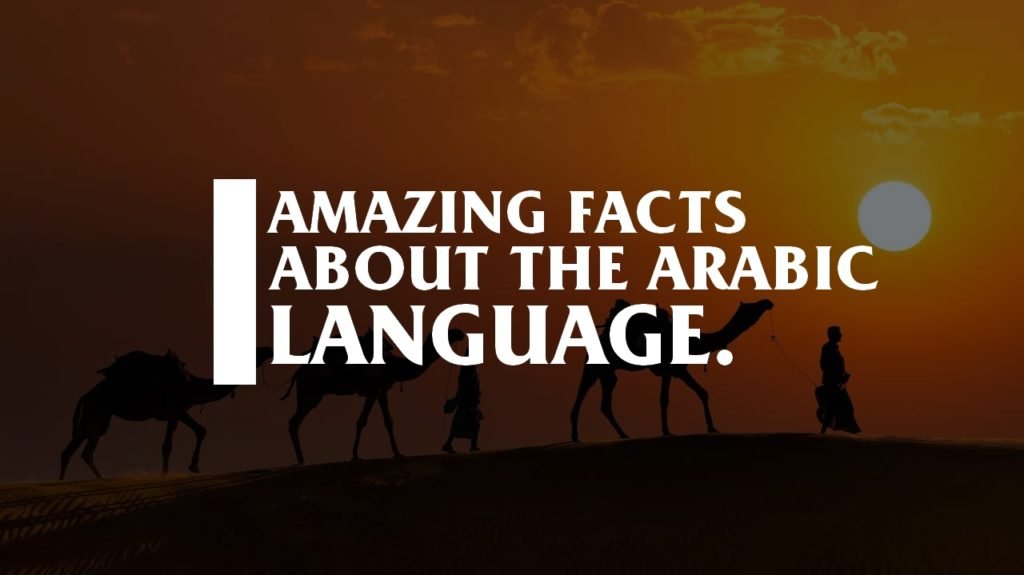Using artificial intelligence (AI) technology, it is now possible to generate realistic representations of students from different countries. By analyzing vast amounts of data, including photographs, videos, and cultural references, AI algorithms have become proficient in capturing the diverse features and characteristics that define individuals from various regions worldwide. These AI-generated depictions take into account factors such as facial features, skin tones, hair textures, and clothing styles that reflect the cultural diversity of different countries. With the ability to generate visuals that accurately represent the unique appearances of students from around the globe, AI offers a valuable tool for fostering cross-cultural understanding and enhancing global education initiatives. AI user over on TikTok @bestiaanimalis asked AI to generate how students would look like from different countries and below are some fascinating results.
Japan

Brazil

Germany

Bulgaria

Norway

North Korea

Australia

AI is cool and all but there are several dangers associated with AI concerning images. One major concern is the potential for AI-generated deepfake technology. Deepfakes use AI algorithms to manipulate and alter images or videos, often replacing the faces of individuals with someone else’s. This technology poses a significant risk for various malicious activities, such as spreading misinformation, creating fraudulent content, or conducting identity theft. Deepfakes can be used to create convincing fake news, incriminate innocent individuals, or deceive people in online interactions. Another danger is the potential for AI algorithms to amplify biases and perpetuate stereotypes present in training data. If the data used to train AI models contains biases or discriminatory patterns, the generated images can reflect and reinforce these biases. This can lead to the production of discriminatory or offensive content, further exacerbating societal biases.
Spain

Greece

Egypt

China

South Africa

When it comes to language, while AI has made significant progress in language-related tasks, it still has certain limitations. One primary limitation is the lack of true understanding and contextual comprehension. AI models excel at pattern recognition and statistical analysis, but they lack genuine understanding of the meaning behind the words. They often struggle with grasping the nuances, subtleties, and cultural context embedded within human language, leading to misinterpretations and inaccuracies.
Additionally, AI models can be sensitive to the quality and diversity of training data they receive, potentially perpetuating biases and stereotypes present in the data. Another limitation is the challenge of handling ambiguous or sarcastic language, as AI models may struggle to interpret humor, irony, or sarcasm accurately. Furthermore, AI language models may generate text that appears coherent but lacks factual accuracy or may provide plausible-sounding but incorrect answers. Lastly, there are concerns regarding privacy and security when it comes to AI language processing, as the technology may inadvertently disclose sensitive or confidential information. Addressing these limitations requires ongoing research and development to enhance AI’s ability to truly understand and interpret language in a more nuanced and contextually accurate manner.
Peru

Finland

Canada

Georgia

Italy

Austria

France

United Kingdom

India

Isreal

Saudi Arabia

Russia

Poland

The way you should deal with information on the web today is challenging and should be exercised with caution. Firstly, it is crucial to verify and validate the accuracy of the AI-generated outputs by cross-referencing with trusted sources. Understanding the limitations of the AI system and being aware of potential biases in the training data is also important. Regularly monitoring the performance of the AI system and updating it when necessary helps ensure continued accuracy. Ethical considerations, such as privacy and fairness, should be taken into account when using AI results. Finally, maintaining human oversight and judgment is essential, as AI systems are tools that require human interpretation and decision-making. By adopting these cautious approaches, we can mitigate risks and make informed and responsible use of AI-generated results.
Netherlands

Colombia

Mexico

Ireland

Cuba

Ghana

New Zealand

U.S.A







